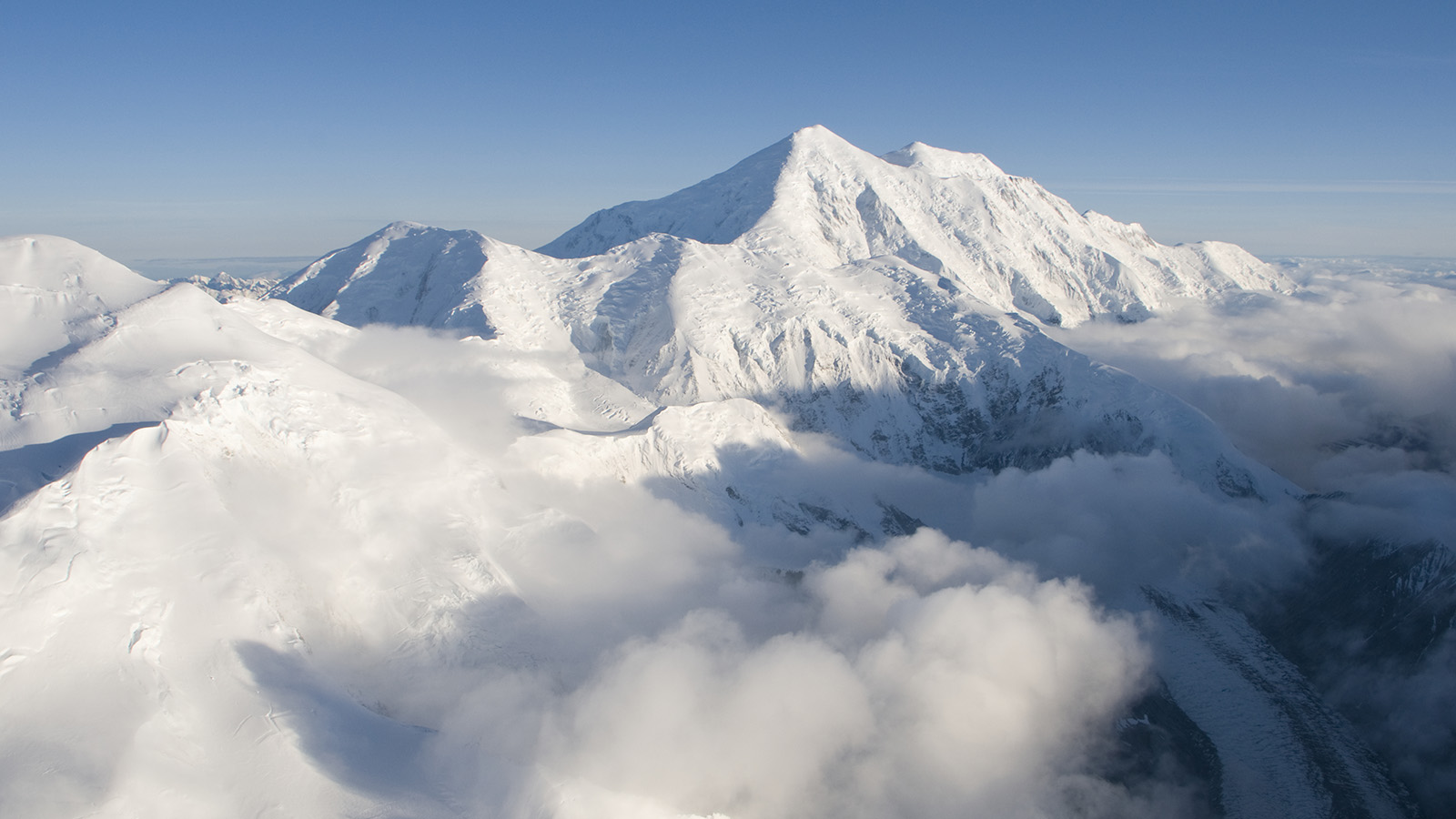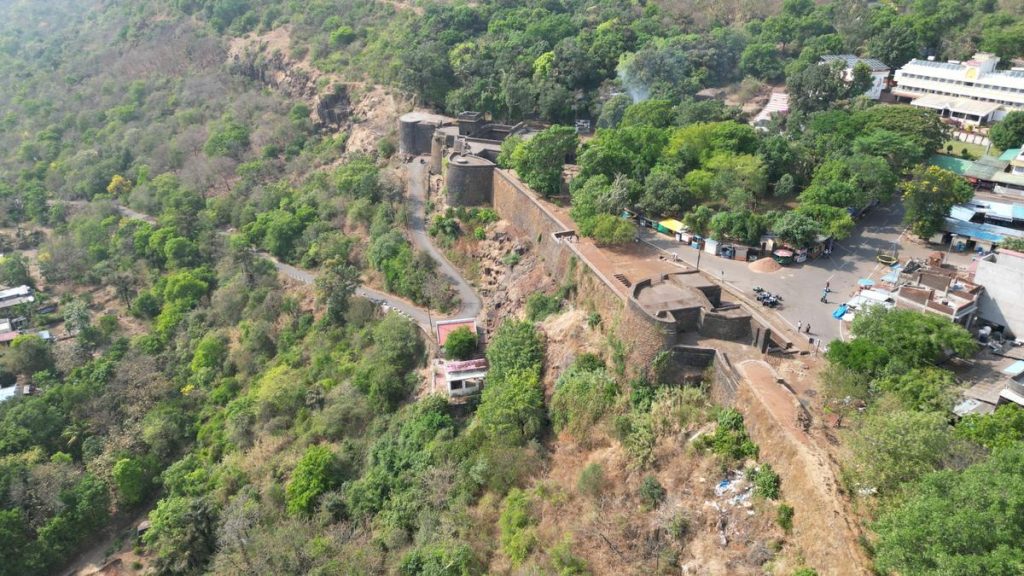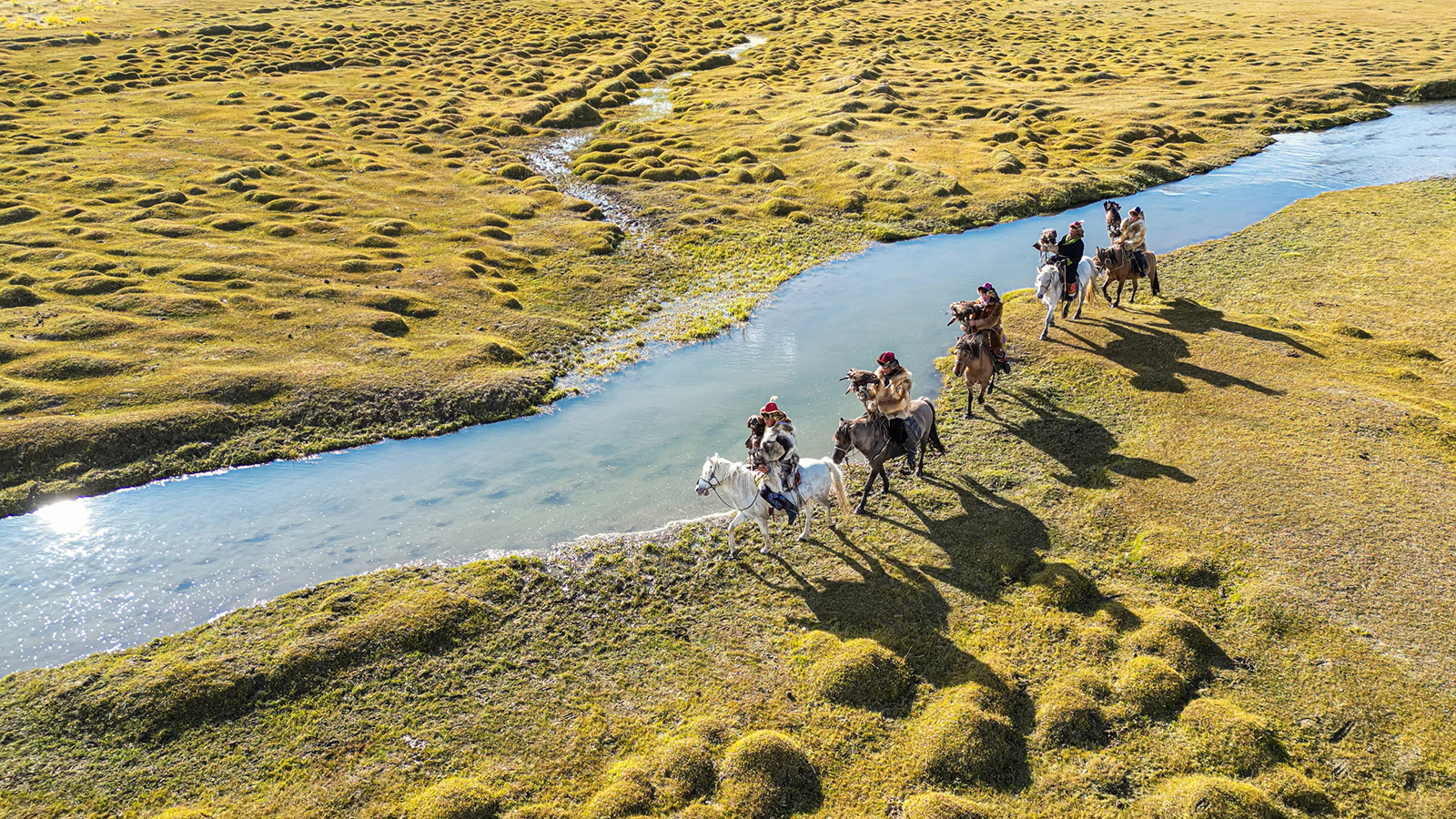Now Reading: Top 15 Mountain Ranges to Explore in the U.S
-
01
Top 15 Mountain Ranges to Explore in the U.S
Top 15 Mountain Ranges to Explore in the U.S

Fast Summary
- The article focuses on key mountain ranges in the United States, describing their geographical, geological, and ecological importance.
- Notable ranges include the Rocky Mountains, Appalachian Mountains, Sierra Nevada, Alaska Range, and others.
- The rockies are North America’s longest range and feature the Continental Divide influencing river flows toward different oceans.
- The Appalachian mountains are among the oldest globally and house several national parks.
- Sierra Nevada is known for Mount Whitney (highest in contiguous U.S.) and its link to California’s gold Rush history.
- Alaska Range features Denali, the continent’s highest peak, located in Denali National Park with meaningful wildlife diversity.
- Other ranges discussed include:
– cascade Range: Known for volcanic peaks like Mount Rainier and part of Pacific Ring of Fire.
– Olympic Mountains: Renowned for biodiversity within Olympic National Park.
– Adirondack: Integral to U.S. Native American history.
– Smaller but ecologically importent chains such as Brooks Range (Alaska), Klamath (California/Oregon), Ouachita (Arkansas/Oklahoma), San Juan & sawatch Ranges (Colorado), Longfellow Mts. (Maine), Ozark Plateau.
📷 !Image Credit: Daniel H. Bailey / Getty Images
Indian Opinion Analysis
The exploration of U.S. mountain ranges showcases their immense geological diversity and also vital roles in shaping regional ecosystems and history. From a global viewpoint, this underscores how natural formations influence not onyl local communities but broader trends such as cultural evolution or resource distribution-elements shared by other mountainous regions worldwide.
For India specifically, parallels can be drawn to its own Himalayan range’s significance-both climatically critical while being a hub of rich biodiversity and cultural heritage similar to America’s Rockies or Appalachians’ deep-rooted historical contributions.
The detailed focus on each range also demonstrates how such topographical landmarks sustain tourism economies while facing environmental challenges-a salient takeaway relevant for India’s eco-tourism policies around destinations like Uttarakhand or Himachal Pradesh that similarly blend natural wonder with sustainability demands.
While no direct policy tangent emerges toward Indian contexts explicitly here–lessons reiterate value isolating-mountain eco-balance mixed precisa context preservation executing National grandeur spotlight calibrations




























